
Welcome to The Regenerators.
Introduction
Deep in the ocean there are over 250,000 different species of animal!
However, many of these creatures are in trouble because of the pollution and waste that humans have produced.
Don’t worry, there are lots of things we can all do to make less waste and help our oceans.
What lives in the ocean?
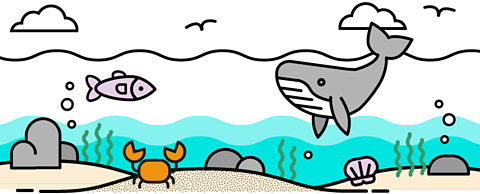
The ocean covers most of the planet that we call home. Around 70% of the surface of the Earth is covered by water.
There are many strange and wonderful living things in the world's oceans.

Image caption, Green sea turtles
Unlike other turtles, green turtles are herbivores. This means they eat plants and algae rather than other living creatures.
Image caption, Great white sharks
Great white sharks have as many as three hundred teeth! They are top predators in the ocean. They eat everything from sea turtles and seabirds, to seals and dolphins.
Image caption, Trumpetfish
Some trumpetfish grow to be one metre in length.
Image caption, Sea cucumbers
Sea cucumbers can change their shape to squeeze through gaps. They can also squirt water at other creatures who attack them!
1 of 4
Classifying living things in the ocean
You've probably noticed the creatures that live in the ocean can look very different from each other.
We can sort them into different groups according to the features that they share. We call this classification.
Keeping the ocean clean
Just as we take care of where we live by keeping it clean and tidy, we need to keep animals' homes clean and tidy too.
Sadly, lots of the plastic we use ends up in the ocean.
Watch this video to find out why plastic is a problem.
Narrator: Plastic is useful and we use it everyday.
It's found in games, clothes, drinks bottles, bags computers, phones, food trays, signs, pipes, multicoloured plastic bananas… err what? Well yeah, the point is we use plastic A LOT!
Plastic can be made in to anything and it's super strong. But that also makes it really difficult to break down if it gets into the environment
Over time, a real banana will turn brown, rot and break down into the soil. A multicoloured plastic banana, like this, could take hundreds and hundreds of years to break down. And even then, it's still plastic just in smaller bits.
So what do we do with our plastic? Well, we can throw it in the bin and it gets collected by a lorry. But with so much plastic around, Some of it, unfortunately, ends up in the sea.
The sea creatures can confuse those colourful plastics with a tasty meal, or even get trapped in plastic waste. But plastic doesn't only end up in the ocean. Sometimes that waste plastic is burnt. Which pollutes our air and harms wildlife. Or we dump it somewhere and pretend it doesn't exist.
We need to make a change together. We can use less plastic to start with. I never should have bought this plastic banana.
The best thing we can do is reuse it.
A plastic drinking bottle makes a great… Plastic drinking bottle. Or we can use it for something else, like turning it into a planter for your garden. But if we can't reuse it, we can recycle it.
Recycling is taking waste and turning it into useful materials for something else.
We can send the waste plastic to recycling centres. Here it's sorted, shredded and used to make new things. This can be expensive and difficult, but it does mean some old plastic can become new bags, rugs, plant pots, dog collars even shoes.
We can help the planet because we're reusing what we already have. Use less plastic, make less waste and no more 400 year old bananas in the sea.
Plastic should not be in the ocean, so we call this pollution.
Ocean pollution can make animals very ill, ruin their homes and make it harder for them to find food.
How much plastic do you think goes into the ocean every year?

Around 8 million tonnes of plastic ends up in the ocean every year.
That’s the same as 100,000 double decker buses’ worth of plastic!
Plastic and wildlife
Join Lindsey from Blue Peter as she finds out how plastic waste harms the seabirds living on Bass Rock in Scotland.
What can we do to help?
One of the best things we can do is to make less waste.
This picture shows us some of the easy things we can do instead of throwing things away.
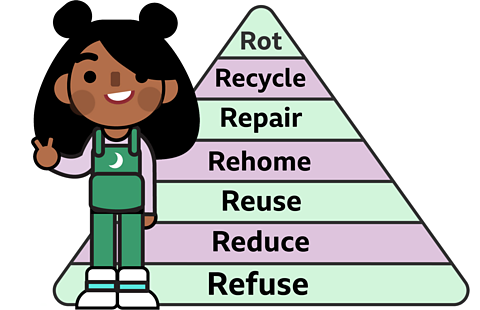
Lots of materials cause pollution, including plastic. We deal with them in different ways.
How many types of materials can you spot?

Refuse
Many shops offer paper straws. Paper is better than plastic as it breaks down faster, but it still creates waste.
Maybe there are times when you don't need a straw at all? It's good to say no to things which you don't really need.


Reduce
Try to carry a water bottle with you that you can keep refilling instead of buying bottled drinks every time you go out.
Plastic bottles can be cleaned after use, so they won't wear out by being used again and again.

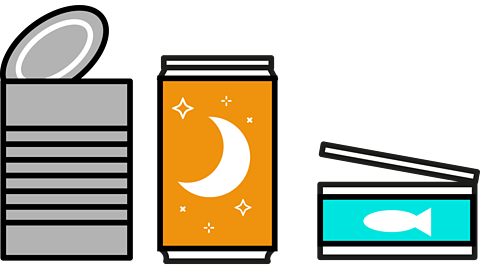
Reuse
Lots of food comes in metal cans and glass jars.
After being emptied and cleaned, they can be used as small plant pots. The strong material will hold the soil, water and plant safely inside.
Top tip: put stones at the bottom of the jar before adding soil. This will help water to drain.

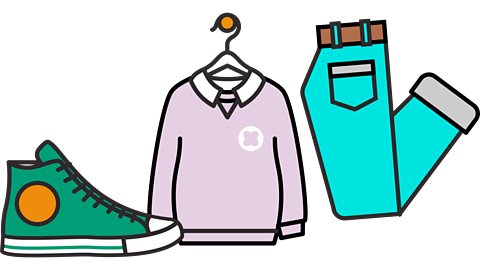
Rehome
You can give clothes that you don’t want any more to charity shops.
Fabrics like cotton and denim cannot be melted and reshaped like metals or plastic, but they can be cut up and redesigned.


Repair
Shoes, bags, models and toys are often made with plastic bits. Strong glue can give broken items a second chance.
Ask an adult for help when using glue.

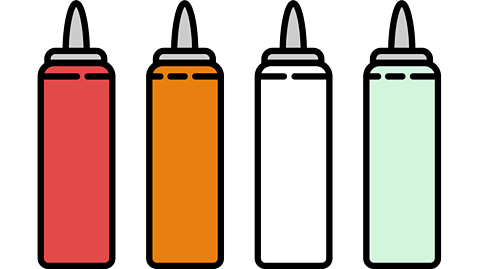
Recycle
Shampoo, sun cream and sauce bottles are usually made from plastic, but they're harder to re-use.
Instead, check for the recycle symbol and put the bottle in the correct recycling bin.

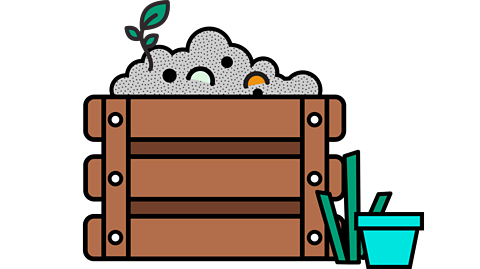
Rot
There are some materials which can't be reused, repaired or recycled.
We sometimes have to throw these items away, but only if we are sure there is no other choice.
Remember that leftover food can be used for compost to help in the garden.


We can help ocean life
If we all try hard to deal with waste materials in the right way, there will be less pollution in the ocean.
Then the many creatures who live there will have a better chance to thrive.

Lesson complete
Well done Regenerator, you've completed this lesson. Now let's see what you can remember.
Plastic bottle bird feeder
Upcycling is another word which means to reuse something.
Watch this video from Springwatch Wild Academy to find out how to turn a plastic soap dispenser bottle into a bird feeder.
Remember to ask an adult for help when cutting plastic.
Equipment
- Soap dispenser
- Scissors
- Twine
- Seeds
- A cup
Duration
Approximately 20 mins
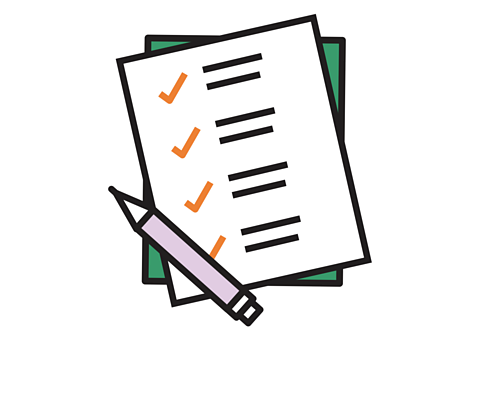
Once you've put your bird feeder outside, why not keep watch and draw the birds which turn up to eat there?
Plastics and the environment worksheet
Complete this differentiated worksheet from all about about the problem plastics are posing to the environment and how you can help make a difference.
TWINKL

There's more to learn
Explore more lessons from The Regenerators and content from around the ≥…»ÀøÏ ÷.
How has my local area changed?
GREEN CLASSROOM

Which pollinators visit my garden?
GREEN CLASSROOM
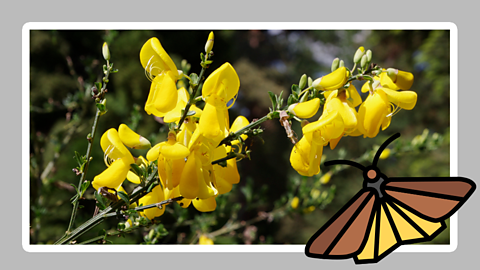
Year 1 - 2 and P2 - P3
GREEN CLASSROOM
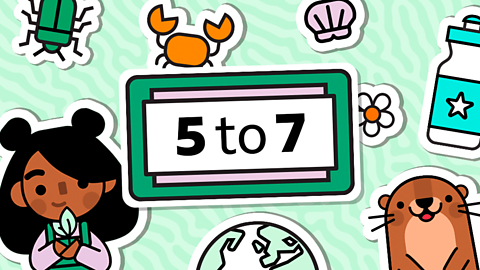
More from The Regenerators
≥…»ÀøÏ ÷ BITESIZE
